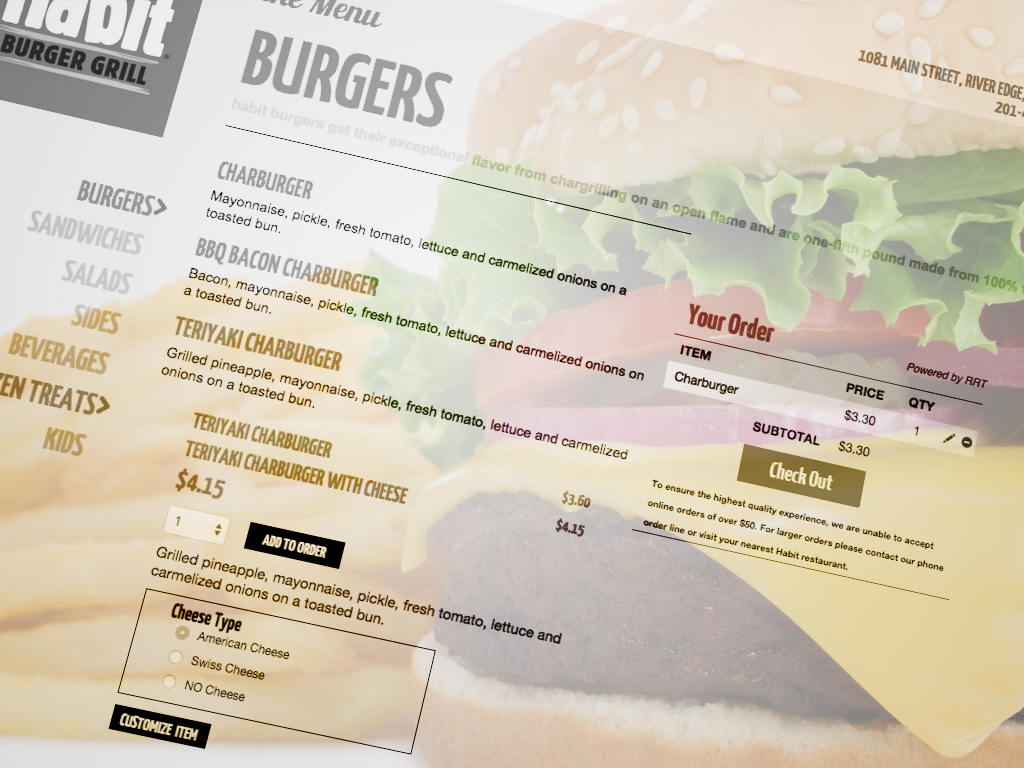Captology is the study of computers as persuasive technologies. Dr. B.J. Fogg, director of the Stanford University Persuasive Technology Lab, derived the term in 1996 from an acronym, Computers As Persuasive Technologies (CAPT). Captology includes the design, research and analysis of interactive computing products – computers, mobile phones, websites, wireless technologies, mobile applications, video games, etc. – created for the express purpose of changing people’s attitudes or behaviors. In other words, it’s technology as an influencer in its own right. Although the concept of Captology has been around for nearly 20 years, perhaps the time is right for it to move center stage as an integral part of marketing communications.
Do we interact with computers or do we interact through them?
At first glance, this may seem like a rather pedantic question. However, a book published more than 11 years ago begs us to differ.
Fogg’s book, “Persuasion Technology”, is about Captology, or computers as persuasive technologies. Given that marketing communications today is concerned with influence and persuasion, Fogg’s insights have some interesting implications.
He argues there is a difference between human-computer interaction and computer-mediated communication. Marketing communications (even of the digital variety) has often only focused on the latter – but the former may be worth closer scrutiny by marketers.
According to Fogg, in human-computer interaction, the computing product is a participant in the interaction and can be a source of persuasion in its own right. Indeed, one of his key assertions in the book is that in the future, we’ll see more computing products designed for the primary purpose of persuasion. In his view, “It will become important for most people designing end-user computing products to understand how principles of motivation and influence can be designed into interactive experiences with computers.”
Bear in mind that this was written over a decade ago. And don’t get hung up on the phrase “computing products.” Pretty much anything these days could be argued to be a computing product.
Smartphone, for example, is a misnomer. It is really a powerful mobile computer. Our cars have contained more microprocessors than desktop computers for many years now.
In fact, Fogg could claim to have had a hand in some of the most popular influence technologies today – namely, Facebook and Instagram. Fogg was one of the first Facebook Developer Partners in 2007. Some his students developed some of the very first Facebook apps, which gained millions of users within a few weeks. And one of the co-founders of Instagram was a former student as well.
But is there practical relevance for today’s marketing professionals from Captology?
More than 20 years, Fogg developed a set of “rules of persuasion and influence.” Let’s look at how some of them can be considered in the context of digital marketing.
1. Choose A Simple Behavior To Target
According to Fogg, “The first critical step in designing for persuasion is to select an appropriate target behavior. I believe the best choice is the simplest behavior that matters. Often this requires a team to reduce their ambitious long-term goal to a small near-term objective.”
He cites the example of a large health care company which has the goal of helping people reduce their stress levels.
“That goal was too vague and too large-scale. So, for starters, we picked a smaller target behavior: Let’s persuade people to stretch for 20 seconds when prompted,” Fogg says. “Note that this smaller goal was so simple that anyone could achieve it, and the success rate was measurable. This was a good starting point for the larger goal of reducing overall stress level.”
In a similar way, rather than expect your digital campaigns to immediately result in purchases, you might wish to focus more energy on simpler, upper funnel behaviors first.
2. Learn What Is Preventing The Target Behavior
Apparently, there are only three main reasons why people don’t do what you want them to:
- Lack of motivation.
- Lack of ability.
- Lack of a well-timed trigger to perform the behavior.
“As we automate persuasion, we need to think clearly about what leads to behavior change. Three elements must converge at the same moment for a behavior to occur: Motivation, Ability and Trigger. Technology interventions that require only a trigger are the easiest to create and the most likely to succeed,” Fogg says. “For example, in the stress reduction project, participants in our pilot needed only to be reminded to stretch. We didn’t need to motivate them to stretch, or teach them how. Any solution designed to change behaviors must orchestrate all three elements – Motivation, Ability, Trigger – coming together at one moment. The common mistake is to focus solely on motivation. But the path to success often is about increasing ability and triggering the behavior.”
In digital marketing terms, how do you get better at increasing the ability of the target audience to research and purchase, as well as identify the optimal triggers?
3. Choose The Right Tech Channel
According to Fogg, “While technology presents us with many options for persuasion, the selection of channel must match the target behavior and the audience. To fail on either account will doom your project. To succeed with behavior change, you must leverage a channel people already know and use. You can’t add a new technology to their lives. This combination – new behavior + new channel – never wins.”
For digital marketers, deep understanding of what channels audiences really do use (and why) must underpin any kind of campaign that hopes to have a genuine impact in the real world.
4. Start Small And Fast
“The fastest way to learn what works in the marketplace isn’t by meeting and discussing, but by implementing and launching. Many crummy trials beat deep thinking,” Fogg says.
No surprises here, perhaps. The idea of test and iterate is a familiar one in digital marketing. And yet how many companies are still essentially making big, untested bets on certain campaign strategies and tactics?
5. Build On Small Successes
“Simplicity requires courage. Inside big companies and academic research labs, thinking small will rarely boost your status. An innovator who says, ‘No,’ to complicated designs and unrealistic goals may appear timid to colleagues or clients,” Fogg says. “I believe big companies and academic research labs are often biased against simplicity. This is why so many of today’s winning consumer services started in dorm rooms and garages. Small teams with limited budgets had to find success quickly. And that often meant figuring out the simplest solution.”
Which is probably the most inspiring message of all. Digital marketing success can come from humble and small scale beginnings.
Conclusion
Suffice to say, I suspect there are many more things the savvy modern marketer could learn from Fogg’s analysis of persuasion technology. Focusing on building your influence experience rather than using tools others have provided is something to keep an eye on.
Perhaps most importantly, Fogg seems to suggest that in order for technology to be an influencer of human behavior in its own right still ultimately requires a deeper understanding of motivation, ability, and triggers. Those marketing professionals who keep this in mind when building their digital marketing approaches may well be better placed to succeed than those who don’t.
What do you think about the potential applications of persuasion technology for modern marketers?


